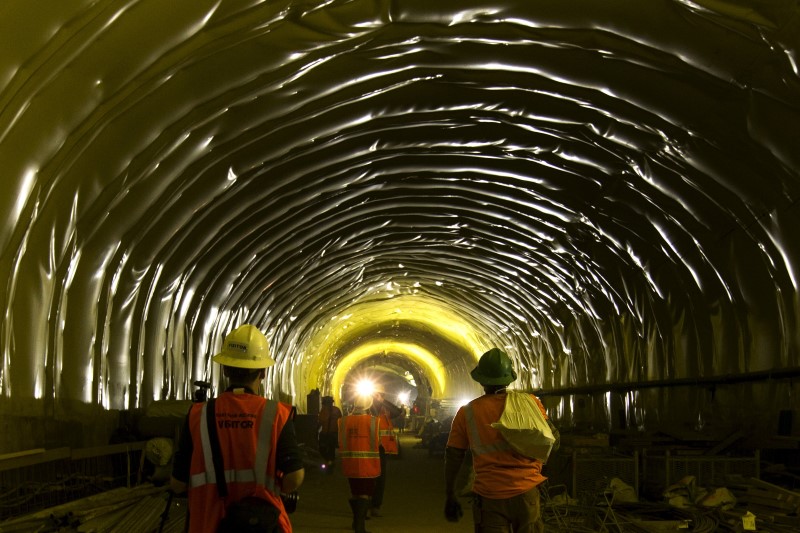By Lucia Mutikani
WASHINGTON (Reuters) - U.S. manufacturing contracted in November for the first time in three years as the sector buckled under the weight of a strong dollar and deep spending cuts by energy firms, but robust automobile sales suggested the economy remained on solid ground.
Other data released on Tuesday showed a sturdy increase in construction spending in October, which should help offset the drag from manufacturing on fourth-quarter economic growth. With manufacturing accounting for only 12 percent of the economy, analysts say it is unlikely the persistent weakness will deter the Federal Reserve from raising interest rates this month.
"Manufacturing is being pummeled by the stronger dollar and the weakness of global demand, but the other 88 percent of the economy continues to perform well. This won't prevent the Fed from raising interest rates at the mid-December meeting," said Steve Murphy, a U.S. economist at Capital Economics in Toronto.
The Institute for Supply Management said its national factory index fell to 48.6 last month, the weakest reading since June 2009 when the recession ended, from 50.1 in October. While a reading below 50 indicates a contraction in manufacturing, the index remains above 43.1, which is associated with a recession.
Factory activity has also been undercut by business efforts to reduce an excessive inventory build, which is putting pressure on new orders. The ISM said a gauge of new orders tumbled 4 percentage points to 48.9 last month.
Inventories at manufacturers continued to shrink and their customers reported stocks of unsold goods were too high for a fourth consecutive month.
Ten out of 18 manufacturing industries, including apparel, machinery, primary metals, electrical equipment, appliances and components and computer and electronic products reported contraction in November. Five industries reported growth.
Manufacturers cited dollar strength, slower Chinese and European growth and lower oil prices as headwinds. Recent data on business capital spending plans and factory output had offered hope that the worst of the sector's woes were over.
But with auto sales and construction spending remaining robust early in the fourth quarter, economists still expect U.S. gross domestic product to expand at around a 2 percent annual pace, almost matching the third-quarter pace.
Though November auto sales dipped to a seasonally adjusted annualized 18.19 million-unit pace from October's brisk 18.24 million rate, according to Autodata Corp, they kept the industry on track for record sales this year.
STRONG DOMESTIC DEMAND
"The good news is that the much more important services sector continues to do very well, benefiting from solid domestic demand. In that environment, the Fed will begin to raise interest rates at the upcoming meeting," said Harm Bandholz, chief U.S. economist at UniCredit Research in New York.
Fed officials meet on Dec. 15-16 and are expected to raise benchmark rates for the first time in nearly a decade.
Prices for U.S. government debt rose, while the dollar fell against a basket of currencies. U.S. stocks ended higher.
In a separate report the Commerce Department said construction spending increased 1.0 percent to a seasonally adjusted $1.11 trillion rate, the highest since December 2007, after rising 0.6 percent in September.
Construction outlays were up 13 percent compared to October of last year. Spending in October was buoyed by a 0.8 percent rise in private spending, which touched its highest level since January 2008. Outlays on private residential construction hit their highest since December 2007.
Investment in private non-residential construction projects rose 0.6 percent to a near seven-year high, with spending on manufacturing plants rising a robust 3 percent.
Public construction outlays jumped 1.4 percent to a five-year high as a surge in federal government spending offset a dip in investment by state and local governments.

"Despite the free fall in oil patch activity, total construction in the rest of the economy is doing quite well," said Joel Naroff, chief economist at Naroff Economic Advisors in Holland, Pennsylvania.